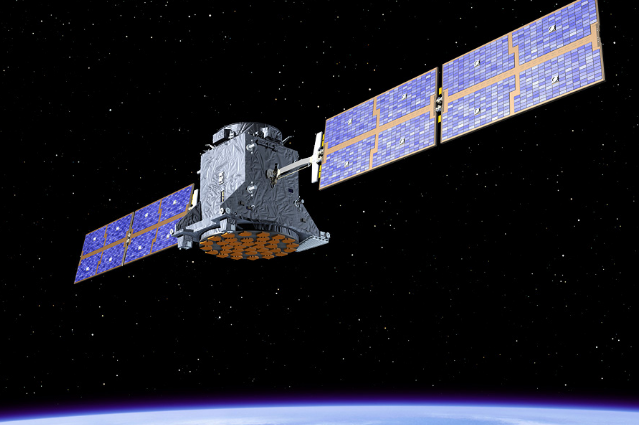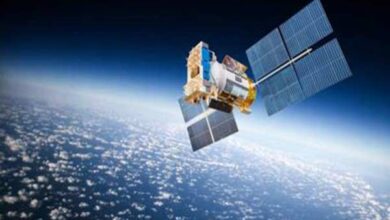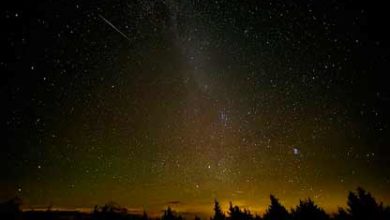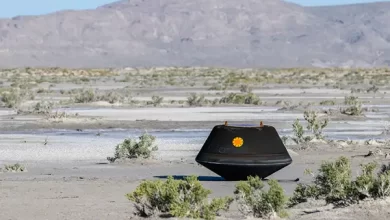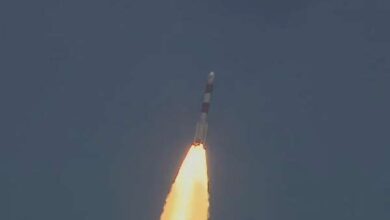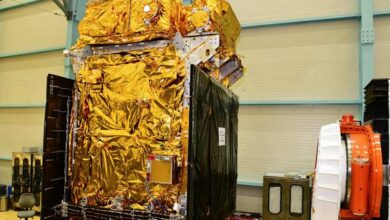Voyager-2 reaches outer periphery of solar system
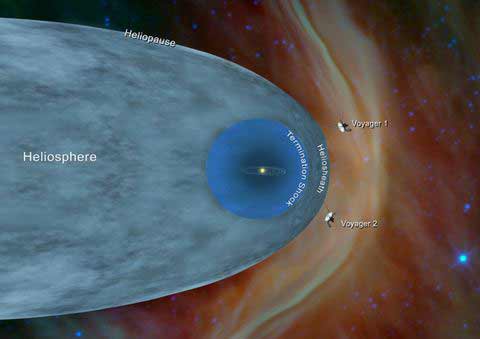
The US space agency NASA has added another achievement in its cap. NASA’s Voyager-2 space vehicle has become the second vehicle to reach outside the periphery of the solar system after a long journey of over four decades. Earlier, only Voyager-1 of NASA reached this limit.
A bubble-like circle surrounds the solar system with winds blowing out of the Sun. This circle is called the heliosphere and the space beyond its boundary is called Interstellar Medium (ISM). According to researchers from the US University of Iowa, Voyager-2 has reached ISM. According to the study published in the science journal Nature Astronomy, Voyager-2 entered ISM on November 5, 2018.
This has been concluded based on plasma density readings from the plasma wave apparatus mounted on the vehicle. Scientists say that the increased density of plasma is evidence that the vehicle is traveling out of the enclosure of warm and low-density plasma of solar winds into cold and high plasma density interstellar space. The plasma density data found from Voyager-2, have similar figures to the ones from Voyager-1 when it entered ISM. Voyager-1 crossed the Sun’s limit in 2012.
Perceptions are changing
Professor Don Garnett of the University of Iowa, USA said, “This is a historic achievement. It was previously thought that as you grow in interstellar space, the solar winds will gradually become lighter. This assumption has been proved wrong by new evidence. From the first Voyager-1 and now Voyager-2 we come to know that there remains a strong boundary.
The surprising thing is how this limit is made in the presence of some other liquids including plasma. Bill Karth of the University of Iowa stated that Voyager-1 and Voyager-2 entered ISM at approximately equal distances from the Sun through different paths. This shows that the shape of the heliosphere is in the correct geometry. On one hand, it is very spherical. Many other important information is also being received in the direction of understanding the heliosphere from the equipment installed on Voyager-2.
Have been traveling for four decades
Voyager-2 was launched on August 20, 1977. 16 days later, the Voyager-1 was launched on September 5, 1977. Both vehicles were launched to study planets and space beyond Earth, with differences in purpose and path. Both the vehicles have been operating for the last 42 years. They are established through NASA’s Deep Space Network.
Voyager-2 entered the ISM 119.7 astronomical units (AU), 11 billion miles from the Sun. Voyager-1 entered ISM at a distance of 122.6 AU. According to NASA’s website, Voyager-1 was 13.76 billion miles from Earth on Tuesday. At the same time, the distance of Voyager-2 was 11.38 billion miles. According to this, Voyager-1 is the most man-made object from the earth.


